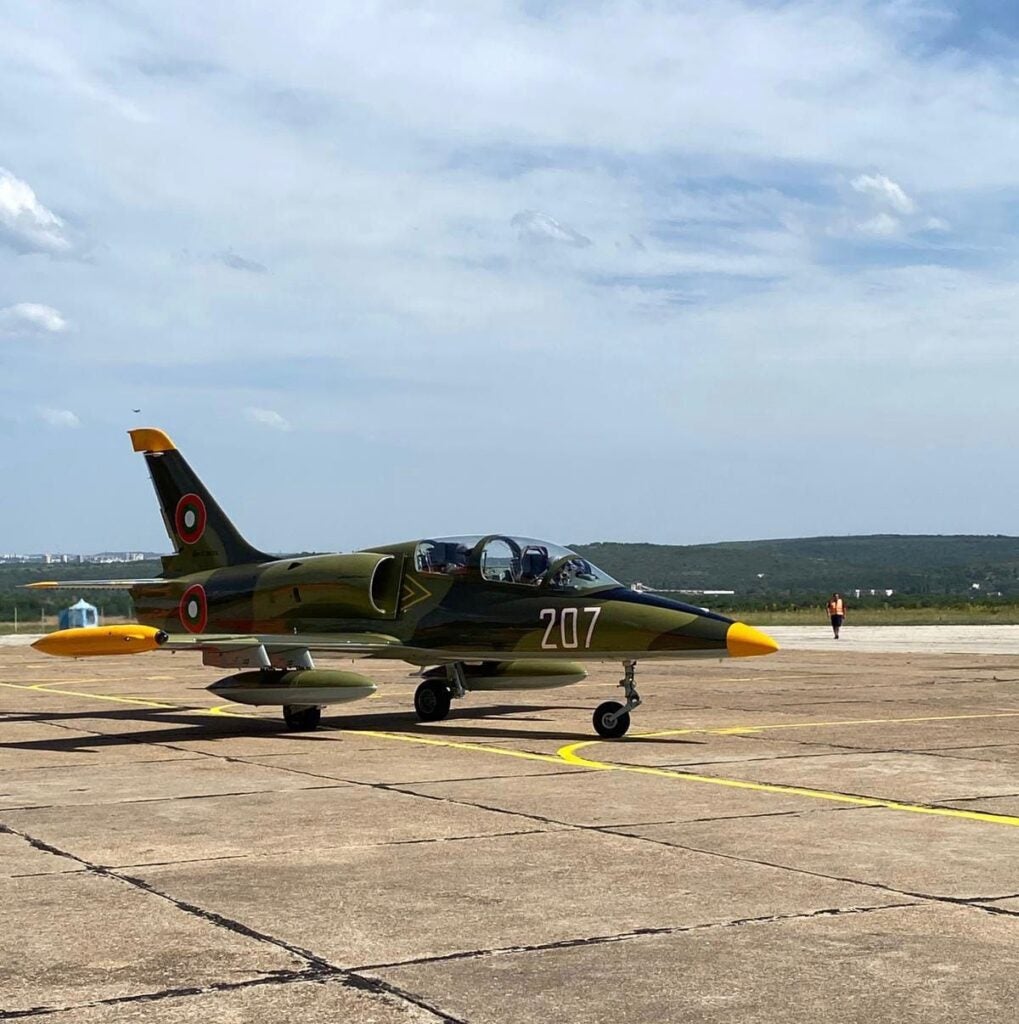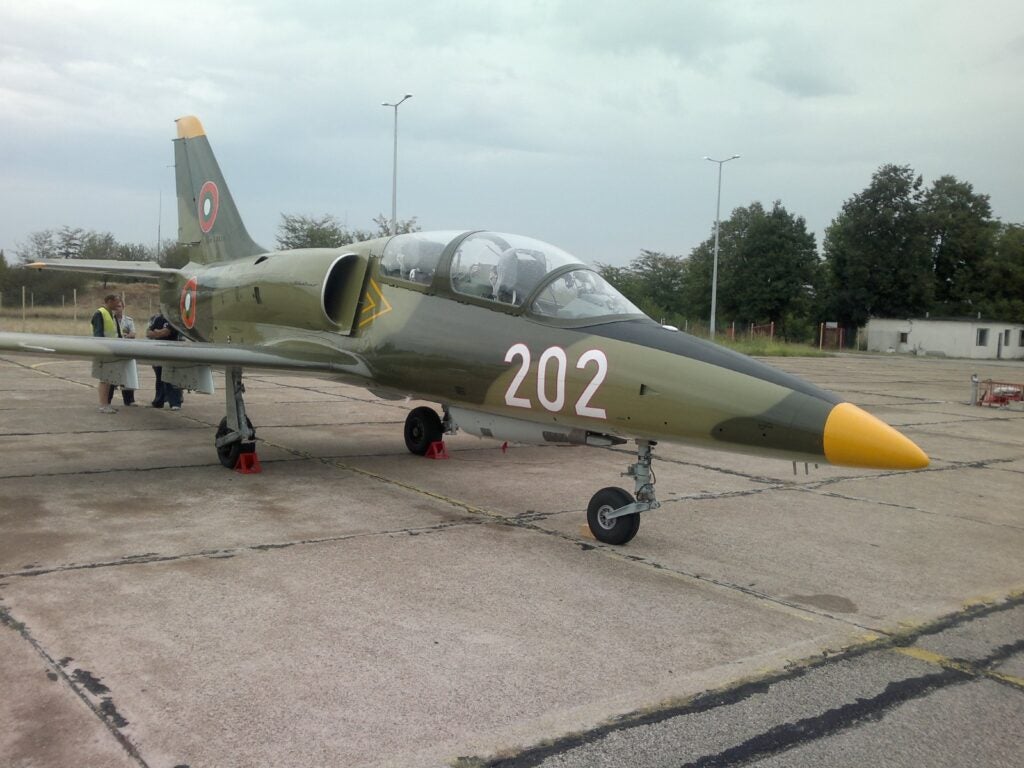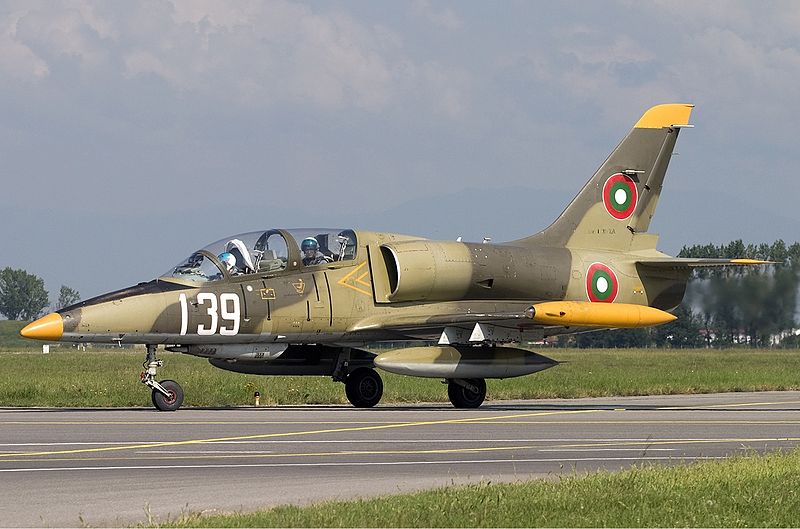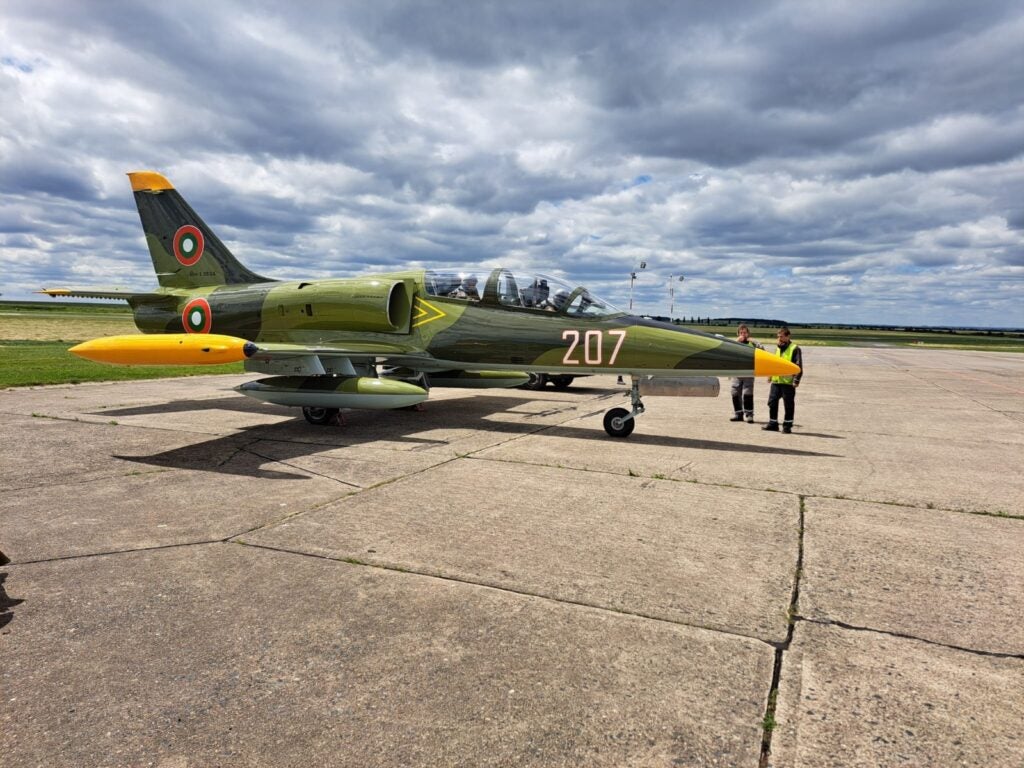Bulgaria Receives Its First Modernized L-39ZA Albatros Training And Light Attack Aircraft
AERO Vodochody Aerospace, the Czech Republic’s largest aircraft manufacturer, has finished work on the first of two L-39ZA Albatros trainer and light attack aircraft of the Bulgarian Air Force (BuAF), which it overhauled and modernized at its main production facility in Vodochody, Prague-East Region, under a contract signed last year with the Bulgarian Ministry of Defense.

According to AERO Vodochody, the work on the Bulgarian L-39 aircraft was primarily focused on the repair of AI-25TL engines. Later, while Russian-origin avionic systems such as navigation, communication, and recording equipment were replaced with Western equivalents, the aircraft was outfitted with a cockpit compatible with operating air-to-air missiles, refueling rods, and night vision goggles. Following these efforts, this aircraft, which has been in service with the Bulgarian Air Force for over 30 years, became eligible to serve for another 7.5 years or 1,500 flight hours. This time frame will be sufficient to ensure that the pilot training program continues until the delivery of the 16 F-16 C/D Block 70 aircraft ordered from the United States.

The aircraft, which was reported to be “like new” thanks to a comprehensive maintenance and improvement program despite its increasing age and flight hours, returned to its former duty in the 12th Air Training Squadron at the Dolna Mitropoliya air base in Pleven, Bulgaria, after all of the manufacturer’s work was completed. The second aircraft, which is still being modernized at the Czech company’s main production facility, is expected to be delivered to the Bulgarian Air Force in 2024 and returned to service in its original duty unit, just like the first. This fleet includes Zlin 242L trainer aircraft and Pilatus PC-9 turboprop trainer aircraft in addition to the L-39ZA Albatros.

The Bulgarian Air Force purchased 36 Aero L-39ZA Albatros aircraft between 1986 and 1990, but only 12 are still in service today. The L-39ZA variant, which was used for many years to train pilots for the Eastern European country’s Soviet-era MiG-29s, has more advanced avionics, more robust landing gear, and a larger payload capacity than the standard L-39 trainer aircraft. This variant also includes a 23mm double-barreled GSh-23L autocannon with a 150-round capacity mounted beneath the fuselage, as well as four underwing pylons for carrying light bombs and unguided rockets. Apart from these, the ZA variant has the same features as the standard L-39.

